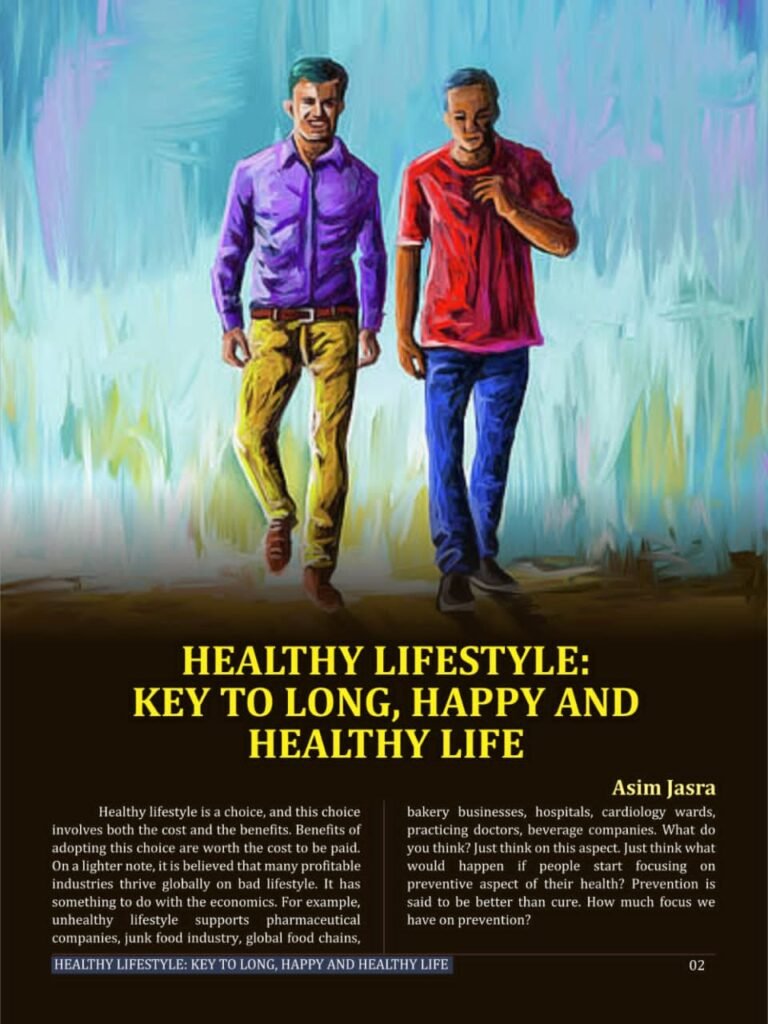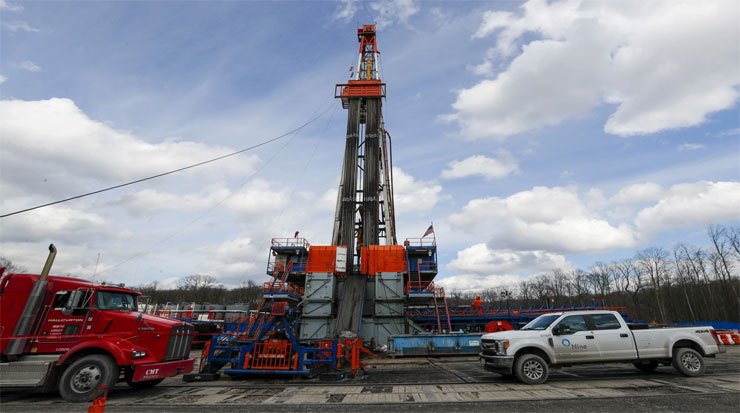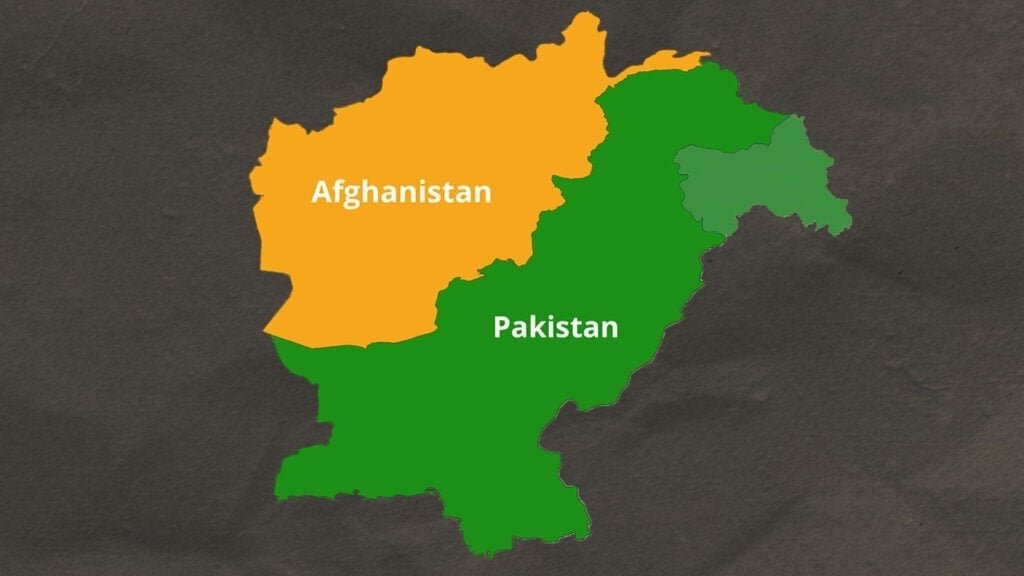By Danial Ajmal
Proximity to natural gas wells in the rugged expanses of western Pennsylvania seems to bear an uncanny connection to an unusual cancer and heightened episodes of severe asthma, an array of studies unveiled on Tuesday startlingly suggest.
In a realm financed by taxpayers and orchestrated by the University of Pittsburgh, a compendium of research has been thrust into the limelight, amassing further intrigue around the intricate intersection of the gas industry and specific health conditions.
Within these reports, a web of compelling correlations has been unraveled between gas industry operations and a duo of afflictions: asthma, an affliction that particularly plagues communities, and lymphoma in children, a malady that rarely befalls the young.
While these findings raise questions about potential causal links, it’s imperative to recognize that these studies didn’t adopt a design to ascertain causation. Instead, they meticulously sifted through medical archives, striving to unveil potential connections grounded in proximity to natural gas wells. Simultaneously, industry proponents raised their voices, citing what they perceive as the frailties in the studies’ suppositions and data limitations.
These findings were unshackled to the public gaze during a pivotal evening assembly, a forum where the University of Pittsburgh School of Public Health and the state Department of Health took center stage. In this charged arena, impassioned community champions and concerned parents seized the moment to implore department officials and Pittsburgh’s academic arbiters to bolster safeguards for public health in the face of the burgeoning expanse of gas drilling activities.
As these revelations punctuate the discourse, the profound questions they kindle lead us down a trail of deeper contemplation about the health implications of coexisting with such a pivotal industry in our very midst.
The unfolding narrative of the recent findings, voiced by Raina Rippel, the former steward of the Southwest Pennsylvania Environmental Health Project, serves as an enigmatic introduction to a broader mystery that continues to elude our grasp. These revelations, she aptly claims, are merely the “tip of the toxic iceberg,” leaving us pondering what more lies beneath the surface of our understanding.
Indeed, Rippel’s cautionary note rings true; there appears to be a reservoir of potential health hazards awaiting discovery. Delving into the study’s foray into cancer, it becomes evident that the proximity to natural gas wells casts a rather ominous shadow. Children dwelling within a mile of these wells emerge as the focal point, facing an unsettling five to sevenfold increase in the likelihood of developing lymphoma compared to their counterparts living farther afield. This astonishing revelation illuminates a perplexing conundrum – a staggering 60 to 84 instances of lymphoma per million children in close proximity to wells, juxtaposed against a mere 12 per million among those sheltered at a distance.
Shifting our gaze to the realm of respiratory afflictions, a vivid portrayal emerges. The findings draw attention to the poignant struggle of those grappling with asthma, residing near these enigmatic wells. Their predicament unfurls as a stark contrast: heightened susceptibility to severe reactions during gas extraction, while a discernible absence of consistent association emerges during the rigors of well construction, drilling, and fracking.
This intricate puzzle, a four-year, $2.5 million endeavor, finds its culmination in a palpable tension between causation and correlation. Initiated under the auspices of former governor Democrat Tom Wolf, under the collective outcry of families dwelling in the shadow of prolific natural gas reserves, it navigates the labyrinthine landscape of Pennsylvania’s gas drilling dominion.

Check out our monthly English and Urdu magazines on Homepage
The specter of Ewing sarcoma, a scarcely witnessed form of bone cancer, casts a somber hue upon this narrative. Its emergence among the youthful residents of a vigorously drilled enclave near Pittsburgh spurred the quest for answers, propelling the commissioning of this study. Yet, amidst these unsettling revelations, a curiously contrasting landscape takes shape. Childhood leukemia, brain cancers, and bone cancers stand detached, devoid of any discernible link to gas drilling activities.
A tapestry of paradoxes unfurls as we confront the associations between gas wells and birth outcomes. The tapestry mirrors the complexity of existence, where delicate nuances blur the lines between causality and coincidence. Among families dwelling closer to the heart of gas wells, whispers of potential impacts on preterm births and birth weights echo across the landscape. A mere ounce, a seemingly trifling weight, emerges as a tantalizing hint of what could be.
Edward Ketyer, a retired pediatrician, adds his voice to this symphony of revelations. Characterizing the asthma findings as a “bombshell,” Ketyer thrusts the question into the limelight – why does the notion of proximity to fracking activities fuel surprise? The puzzle pieces align as Physicians for Social Responsibility Pennsylvania’s president underscores the intricate interplay between living adjacent to fracking and the heightened susceptibility to an array of afflictions.
This vortex of revelations converges with a broader context of regulatory evolution. A mosaic of states has fortified their laws, refining the contours of fracking and waste disposal. Yet, beneath this veneer of regulation lies an unsettling truth – an incomplete depiction of the hazardous emissions that permeate the air, infiltrate the ground, and crystallize as waste.
As we traverse the tapestry of revelations, a sobering realization dawns – Pennsylvania’s narrative intertwines with a larger symphony. Across the nation, studies mirror a disconcerting resonance, unearthing elevated rates of cancer, asthma, and an array of tribulations among those living in the shadows of drilling fields. Amidst these revelations, the gas industry’s staunch assertion of fracking’s safety persists, a counterpoint to the burgeoning discourse.
In this dynamic landscape, the study’s unveiling finds resonance under the new mantle of Governor Josh Shapiro, a Democrat poised to steer Pennsylvania’s trajectory. Tuesday’s echoes ripple through the corridors of governance, a catalyst for multifaceted endeavors to safeguard public well-being.
The narrative arc of high-volume hydraulic fracturing and the exploration of subterranean depths, embarked upon over the past decades, has metamorphosed the United States into a formidable oil and gas titan. Yet, this ascendancy has brought forth an avalanche of complexities – an intricate tapestry woven with threads of environmental concerns, health conundrums, and socio-economic shifts.
Amidst these layers, the quest to attribute health maladies to definitive causation emerges as an intricate dance with ambiguity. The kaleidoscope of factors, the interplay of pollutants, and the art of untangling exposures defy facile conclusions. In this complex milieu, environmental health research assumes the role of a diligent detective, amassing data fragments in the quest to distill patterns of risk and decipher threads of influence.
In the intricate web of gas drilling and its potential health impacts, the emerging findings from the University of Pittsburgh’s research cast a probing light on the complexities that surround this issue. As communities grapple with concerns about cancer, asthma, and other ailments near gas wells, the imperative to uncover the truth grows stronger. While the connection between drilling and health challenges remains a puzzle with elusive answers, one thing is certain: the call for continued research and thorough investigation is undeniable. As society navigates the evolving landscape of energy production and its potential consequences, these revelations serve as a reminder of the importance of safeguarding public health and striving for a comprehensive understanding of the forces at play beneath the surface.
Subscribe our website for latest updates:
https://republicpolicy.com/shop/
Read More















